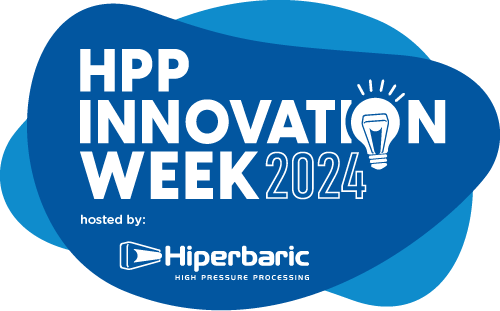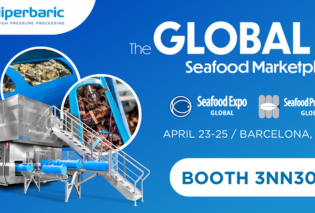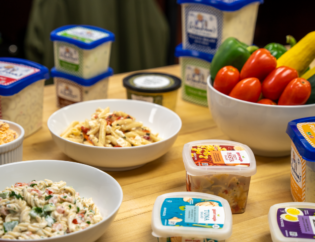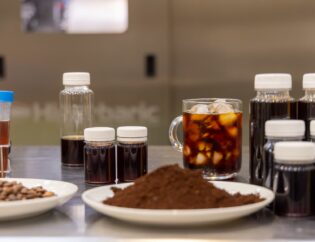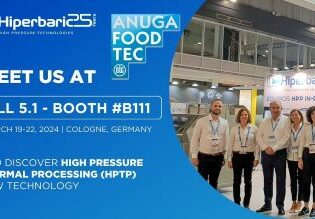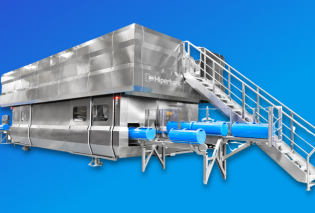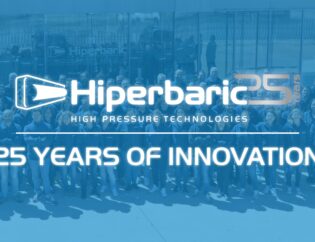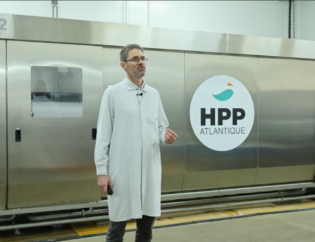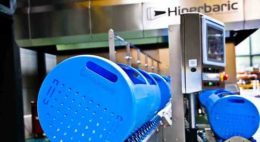
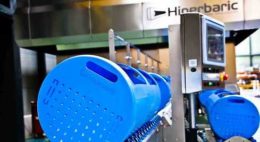
Offering natural clean label products, achieving a shelf life extension and guaranteeing food safety are some of the main advantages of HPP technology. However, wide confusion is still generated among consumers and food industry professionals when concepts related to this technology are mentioned or compared with other methods. Keep reading this post where we explain some of the issues that cause a major misunderstanding when talking about it.
High Pressure Processing (HPP) is a non-thermal preservation technique for food and beverages in which already packaged products are introduced into a vessel and subjected to high levels of hydrostatic pressure (300-600 MPa) from a few seconds up to 10 minutes. Another less common but equally valid ways to refer to this technology are “high hydrostatic pressure” and “pascalization”.
What are the main advantages?
This technology allow companies to offer minimally processed food and beverages, which are free of additives and retain all the organoleptic properties. These products adapt to the current demand of fresh, natural and clean label products. Likewise, high pressure is applied to the product in its final package, inactivates pathogens and microorganisms, guaranteeing food safety, protecting the brand and reaching a shelf life up to 10 times longer, which facilitates entry into to new markets.
Is high pressure processing really a non-thermal technology?
It is true that during this process a slight temperature increase occurs inside the vessel.
This phenomenon is called adiabatic heating and is associated to water compression. Every 100 MPa/1,000 bar/14,500 psi gained, temperature will increase 3°C/37 °F. This means that at the maximum operating pressure of industrial equipment (600 MPa/6,000 bar/87,000 psi) water temperature would only increase 18 °C/64 °F. During depressurization the temperature will immediately return to the initial one (adiabatic cooling).
Non-thermal technologies do not use heat to preserve food. It can be concluded that HPP is a non-thermal technology since temperature of the whole process is always below 40 °C/100 °F.
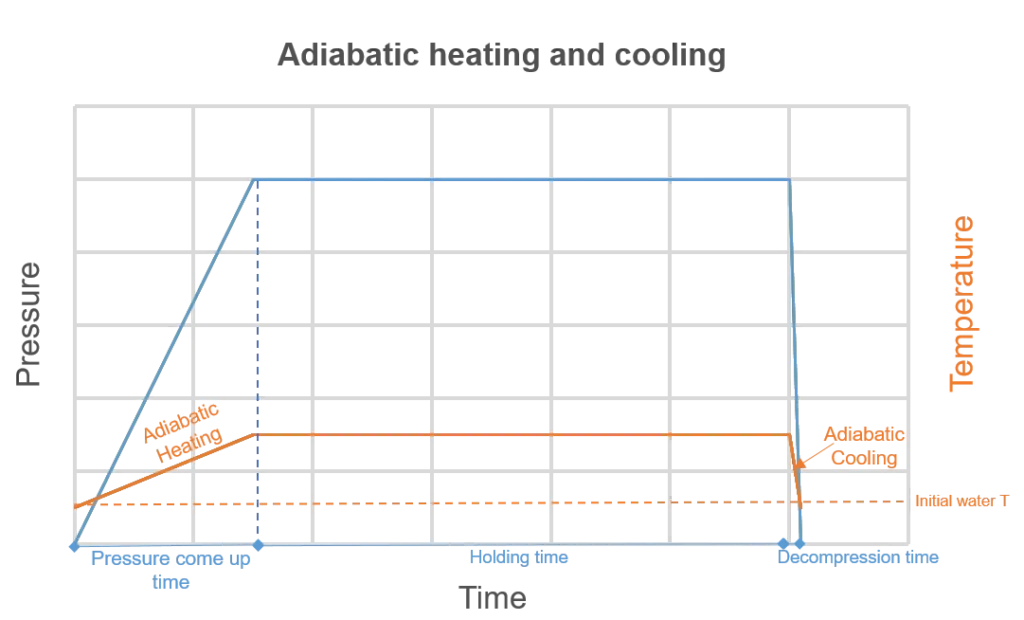
Cold Pressure Council Certification
There is still misleading information and confusion among consumers and food industry professionals about this technology. Aiming to facilitate and promote industry standardization. The Cold Pressure Council (CPC) was formed in 2017.
After a certification audit the members can use the HPP certified logo accordingly to the Council Guidelines. So far the CPC logo is only achievable for products commercialized in the USA, but work is ongoing to establish specific guidelines in other parts of the world.
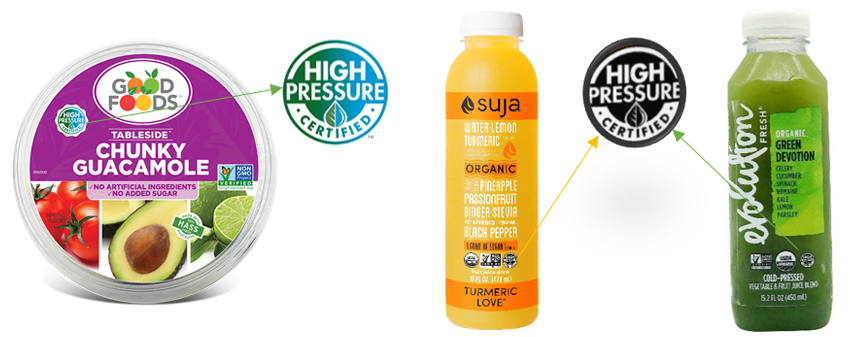
Main attributes and claims of HPP products
Raw, never-heated, unpasteurized, organic, natural, pure… are some of the claims highlighted by our clients in their products. Food and beverage manufacturers enhance these characteristics to differentiate their products based on the greater quality and added value gained.
It should be clarified that “fresh” is one claim not allowed in the US nor in the EU for these products.
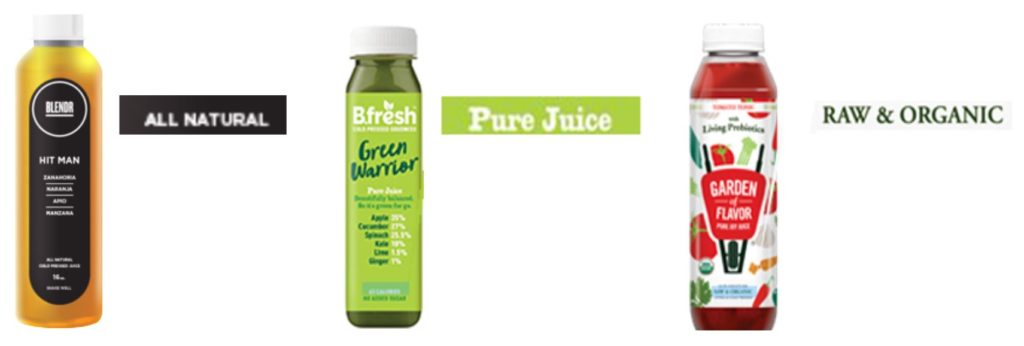
Cold pressing: the best ally of high pressure processed juices
Cold pressed is the trendy attribute for natural juices, but can we say that a cold pressed juice is the same as a HPP juice? Nope! Cold pressing is a cold process to extract vegetable juices which minimizes oxidation and preserves all the nutrients intact. Fruit is cut in chunks and crushed, so the juice is extracted directly from squeezing the whole fruit until the last drop.
On the other hand, high pressure processing is a non-thermal process to extend the shelf life of the product, keeping all its organoleptic and nutritional properties. Therefore a cold-press juice can go through this process and achieve about 30-60 days (or even more) of shelf-life, in comparison to the 3-5 days of an only cold-pressed juice.
In short, cold pressed juices can be high pressure processed, although not all of them are. In the same way, not all HPP juices are cold pressed in the beginning.
This technology is conventionally applied to the product in its final package. Nowadays, the Hiperbaric Bulk equipment, a breakthrough innovation worldwide, allows processing large volumes of liquids in bulk with a greater productivity and reduced labor costs compared to normal in-pack models.
Sterilization and pasteurization: just the opposite of HPP
Sterilization and pasteurization are two common heat treatments used in the food industry. Both are based on the application of heat to a product during a certain amount of time to inactivate microorganisms and have a damaging impact on the properties of the products. Thus, they have nothing in common with the technology here explained.
Sterilization is a harsh process, since it uses temperatures above 121 °C for several minutes. This process inactivates enzymes, microorganisms and even spores (highly resistant bacterial structures).
Whereas, pasteurized foods are usually treated with mild heat (normally under 100 °C) for a few seconds. This process does not inactive spores. Nonetheless, there is some impact on the nutritional and sensorial properties of the food, still not as much as sterilization.
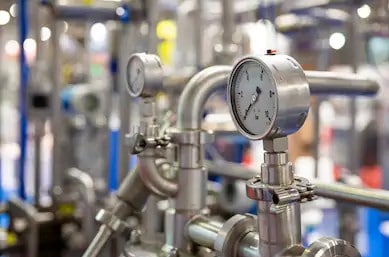
High Pressure Homogenization (HPH): a different technology
Despite the similar name they have, HPH technology is a completely different process from HPP technology. HPH can only be applied to liquids since the product is forced through really tiny holes.
It is considered a non-thermal technology even though it increases the temperature of the product considerably, but only during 0.2 seconds, due to friction of particles, needing a cooling system at the end of the process.
It is a continuous process that also applies high pressure, but in a lower range (300-400 MPa) and during a shorter period of time.
Moreover, the main application of HPH is to homogenize the product by reducing particle size. It is mainly applied in the pharmaceutical sector.
Contact us if you want to know more about the added value that HPP technology can provide to your products in terms of quality and food safety.

